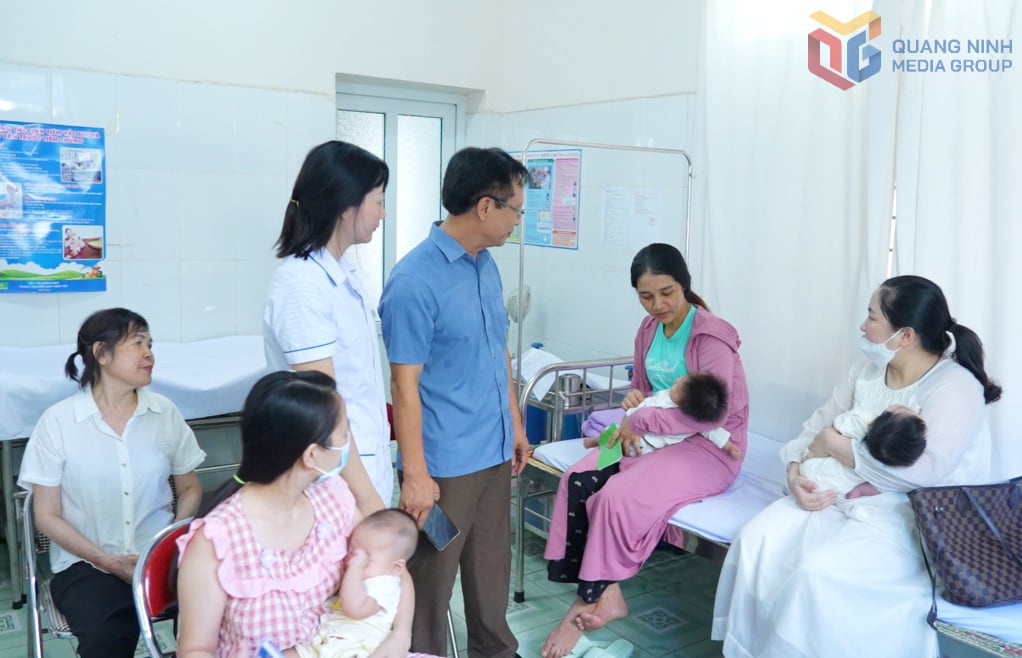
In recent times, Quang Ninh has prioritized allocating significant resources to invest in commune-level health care. In particular, in the 2023-2025 period, the whole province has repaired and upgraded 126 health stations with a budget of hundreds of billions of VND and proposed to build 8 new health stations. At the same time, health centers have been newly built and upgraded. After investment, health centers and health stations have been renovated to be spacious, clean, and fully equipped with basic equipment, thereby improving the quality of medical examination and treatment and increasing people's trust in grassroots health care.
The province also pays special attention to policies to attract and train medical staff for the grassroots level. Resolution No. 28/2023/NQ-HDND stipulates policies to attract doctors to work in a number of units in the province until 2025, including policies to attract doctors to work in medical centers and health stations. This is considered an important push, contributing to improving professional capacity for the grassroots health sector, enhancing the quality of health care right from the community. To date, 71 doctors have been attracted to work in medical centers and 8 general practitioners to work in health stations.
Mr. Dang Van Huong (Quang Ha commune) shared: I have had high blood pressure and joint pain for many years, so I often go to the commune health station for treatment. The station is spacious, clean, fully equipped, and has a team of enthusiastic and dedicated doctors. I feel very secure and satisfied when I come here for regular medical check-ups and treatment.
Similarly, Ms. Bui Thi Minh Xuan (Hiep Hoa Ward) said: I am old, often have blood pressure and cardiovascular diseases, so I regularly go to the Ward Health Station to monitor my health. The health station is a newly invested, clean and beautiful facility, the doctors at the station are dedicated and give very thoughtful health advice.
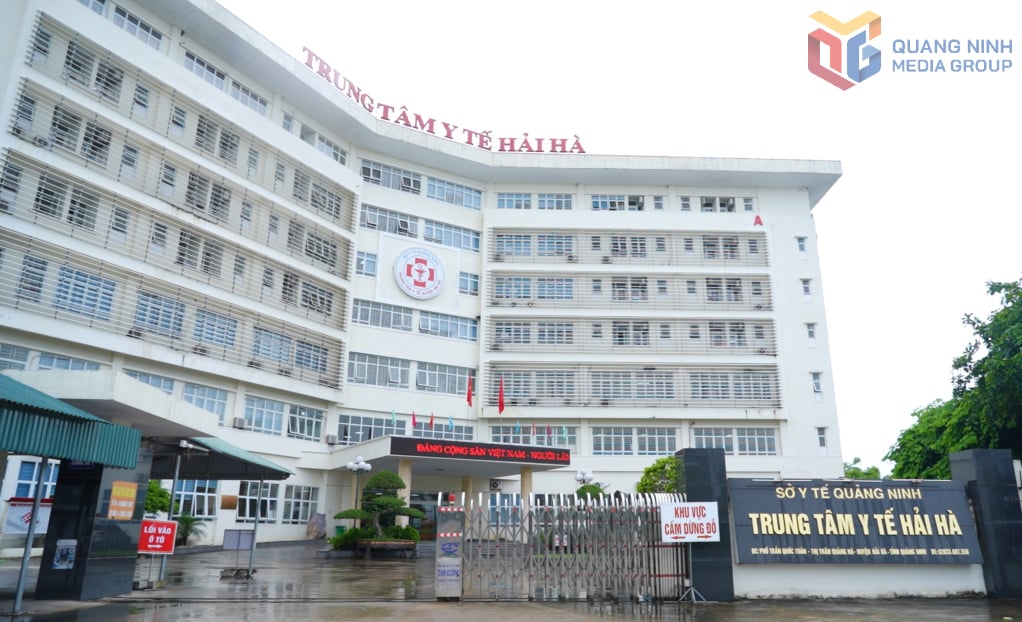
The provincial primary health care system has made important contributions to medical examination and treatment, especially in disease prevention and implementation of national health target programs. However, in addition to positive results, there are still many difficulties and challenges that need to be resolved to improve service quality.
In the context of the transition to the new local government model, the health sector has proactively developed a project to reorganize the health sector according to the 2-level local government model. Accordingly, the health station system is reorganized in a streamlined and efficient manner, while still ensuring coverage of the area, making it convenient for people to access services. From 171 existing health stations, after the reorganization, the whole province will have 60 health stations and 90 stations (including 8 health stations in the 2 special economic zones of Van Don and Co To). Ensuring that after the reorganization, 100% of communes, wards and special economic zones in the province will have at least one fully functional health unit.
In large areas with scattered populations, remote areas, and isolated areas, stations continue to be maintained, with doctors or specialized medical staff in charge, meeting the needs of regular medical examination and treatment and on-site epidemic prevention. The merger is carried out scientifically, based on calculations and considerations of factors such as population, geography, traffic, the current state of facilities and the capacity of the medical team, ensuring that it is suitable for practice and does not cause interruptions in serving the people.
According to the project, the names of district-level medical centers will be adjusted, removing the words "district, town, city" because there is no longer a district-level administrative unit. Medical centers continue to be public service units under the Department of Health; maintaining the status quo of headquarters, facilities, assets and financial resources; organizational structure, leadership and current number of employees. In the coming time, the health sector will continue to review and rearrange into regional medical centers, to suit the scale and nature of the area, ensuring synchronization with the new administrative system. At the same time, ensure maximum professional and technical support for medical stations and provide convenient medical services for people in the area.
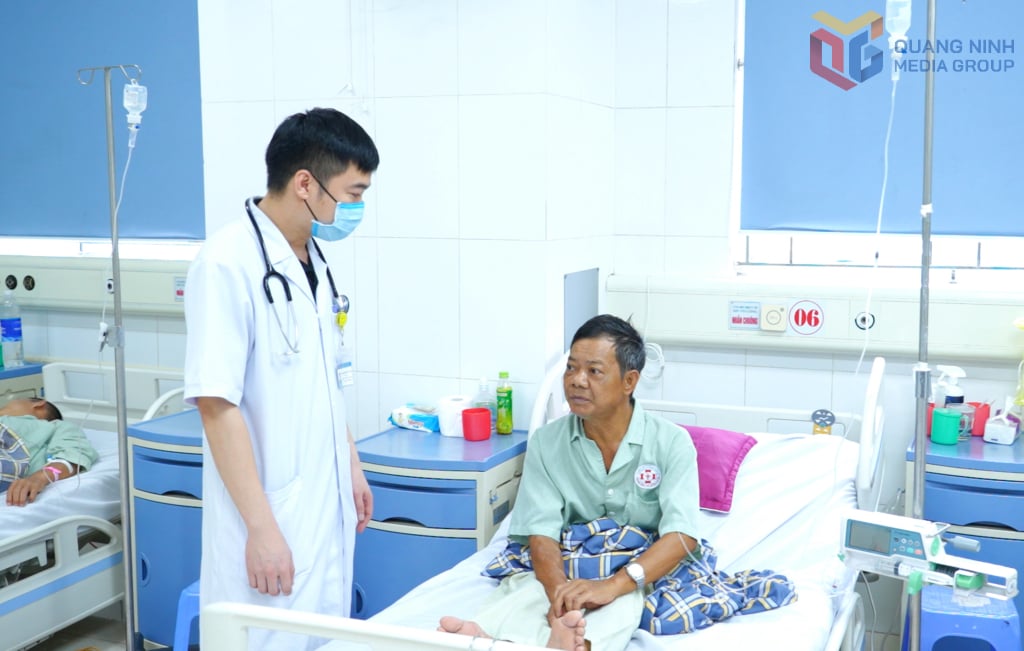
With the motto "Health care close to the people, meeting the needs of primary health care in the most convenient, timely and complete way", the provincial health sector aims to build a strong and modern grassroots health system by 2030, fulfilling the task of comprehensive and continuous health management for each person.
Source: https://baoquangninh.vn/dot-pha-nang-cao-chat-luong-y-te-co-so-3367625.html


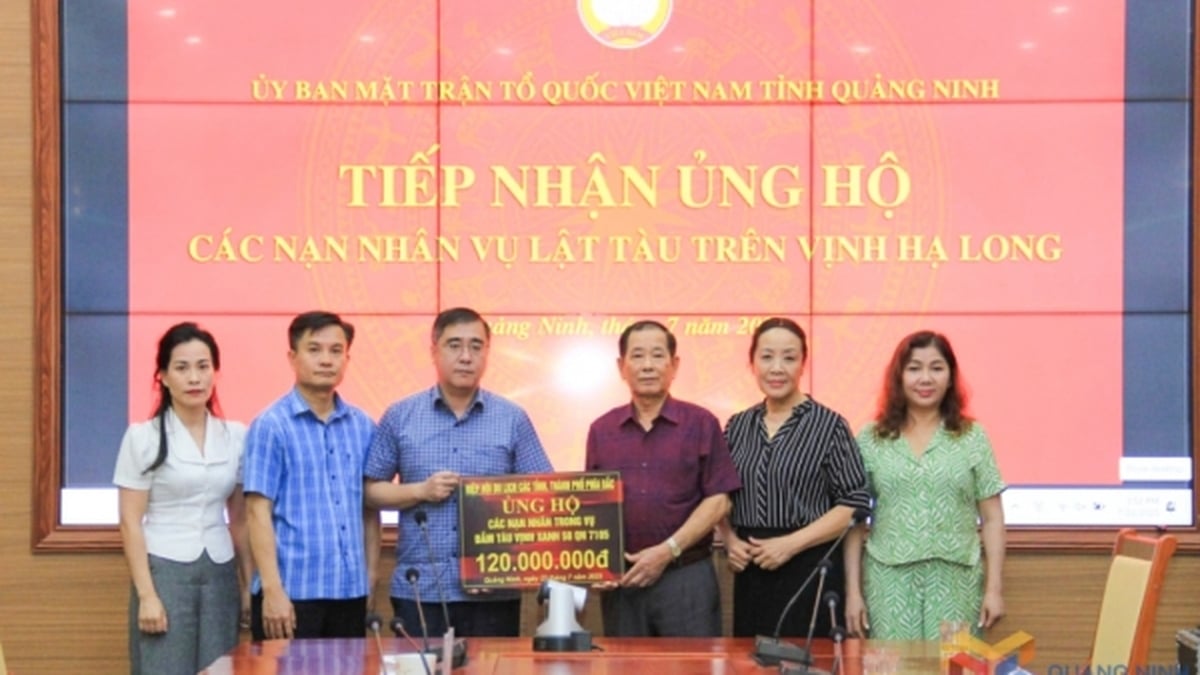
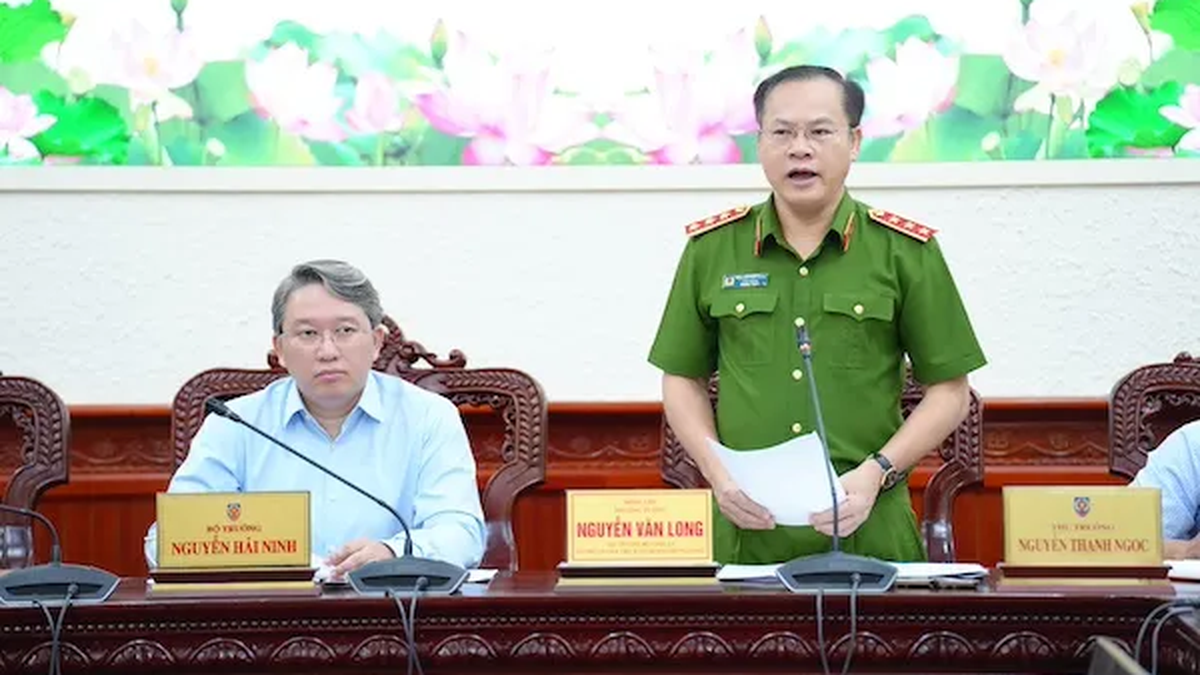
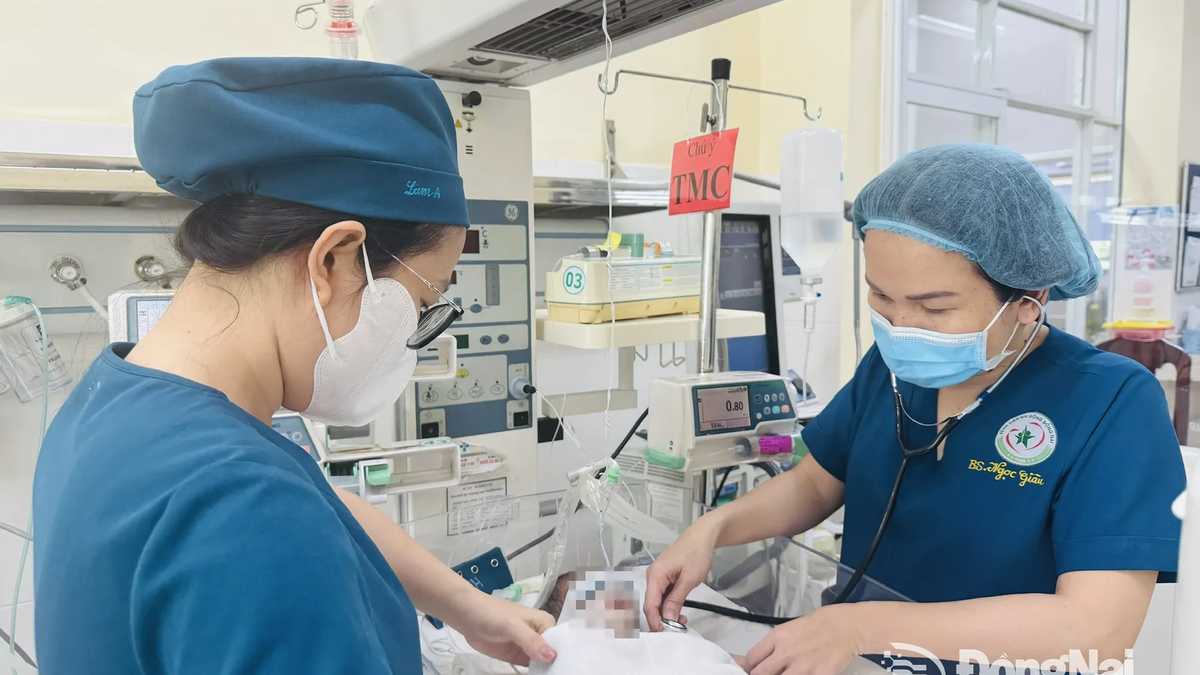
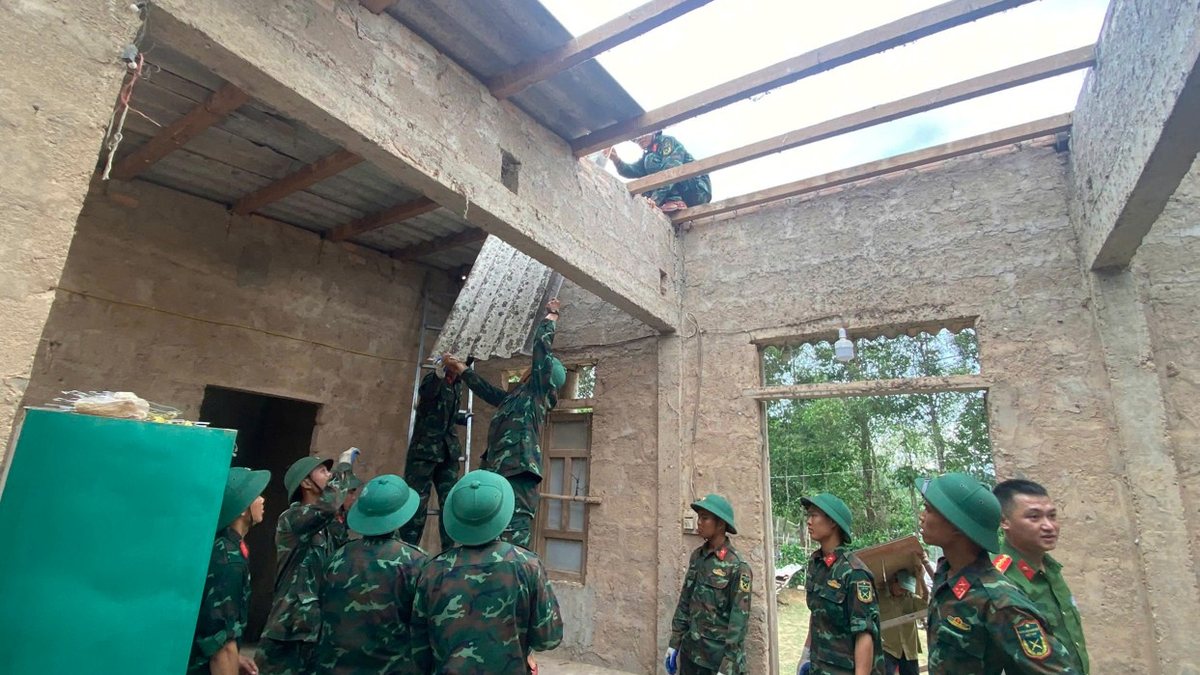

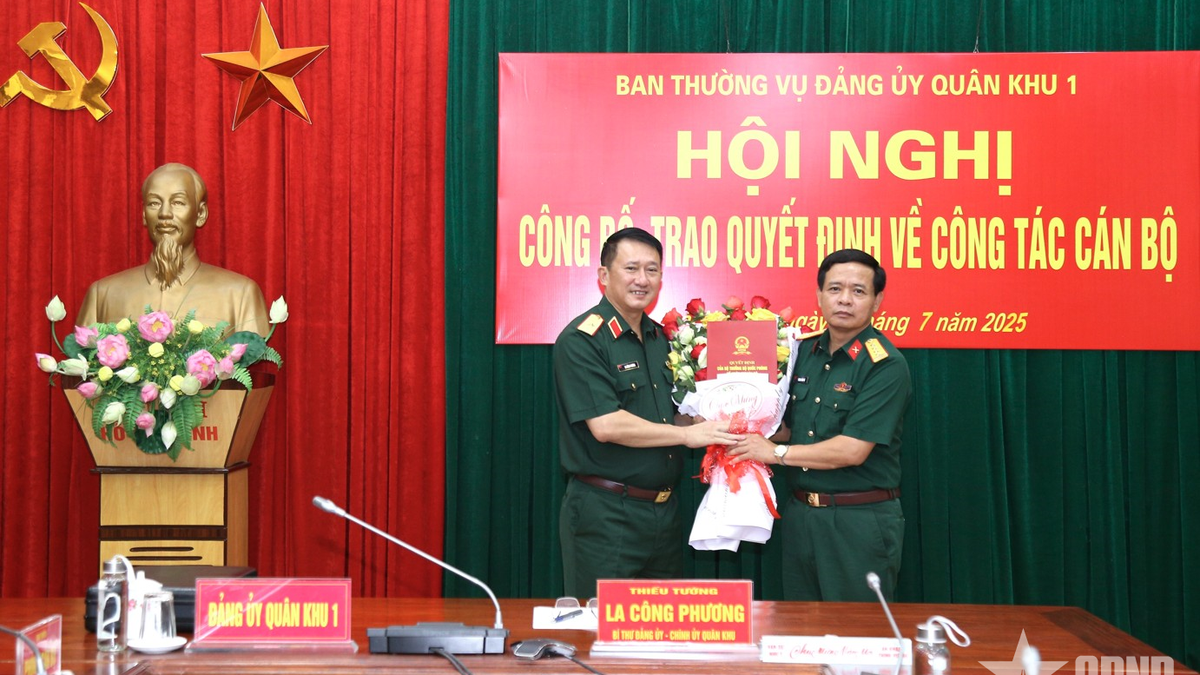
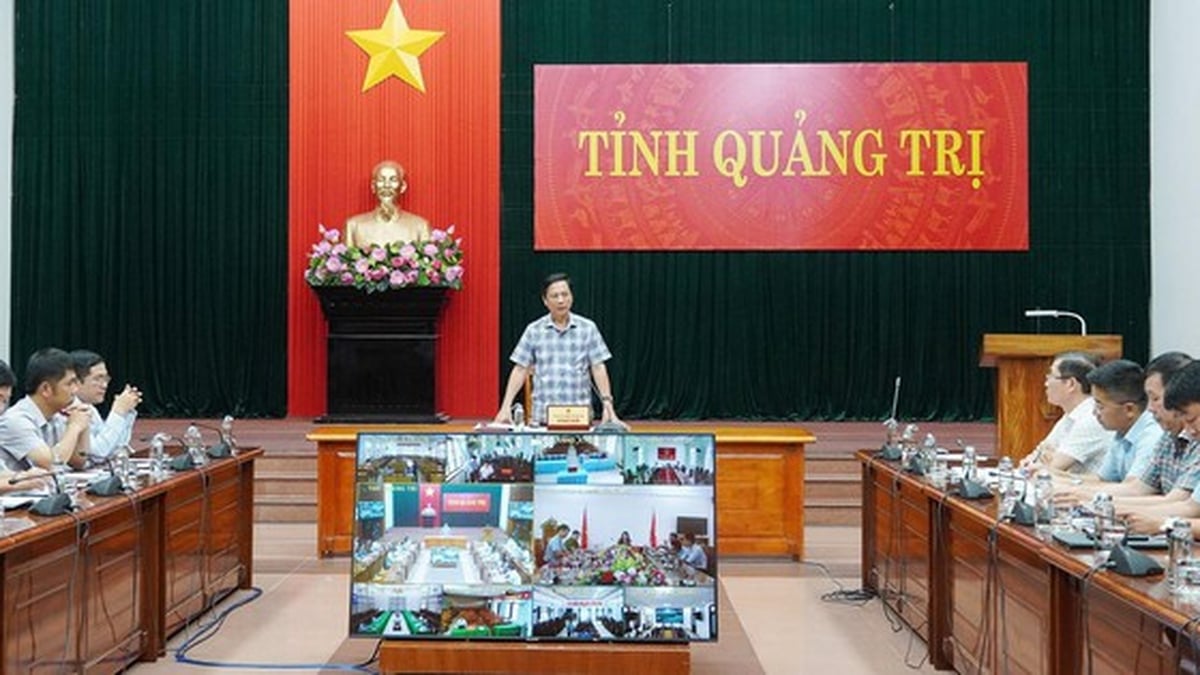
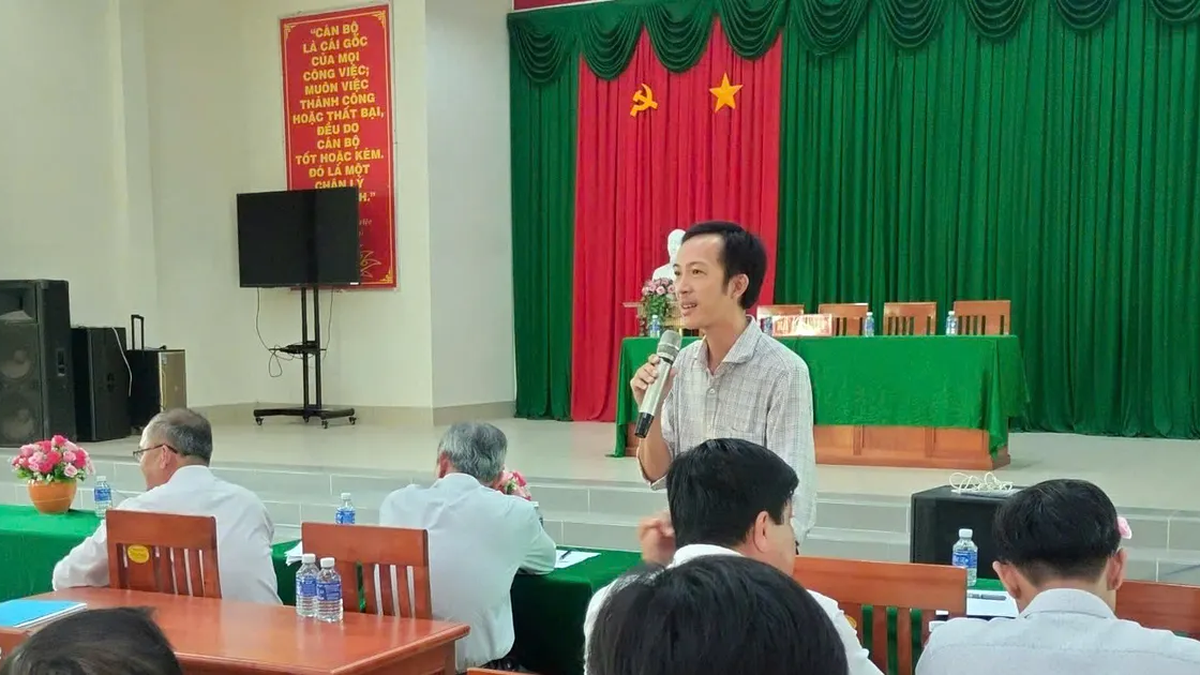
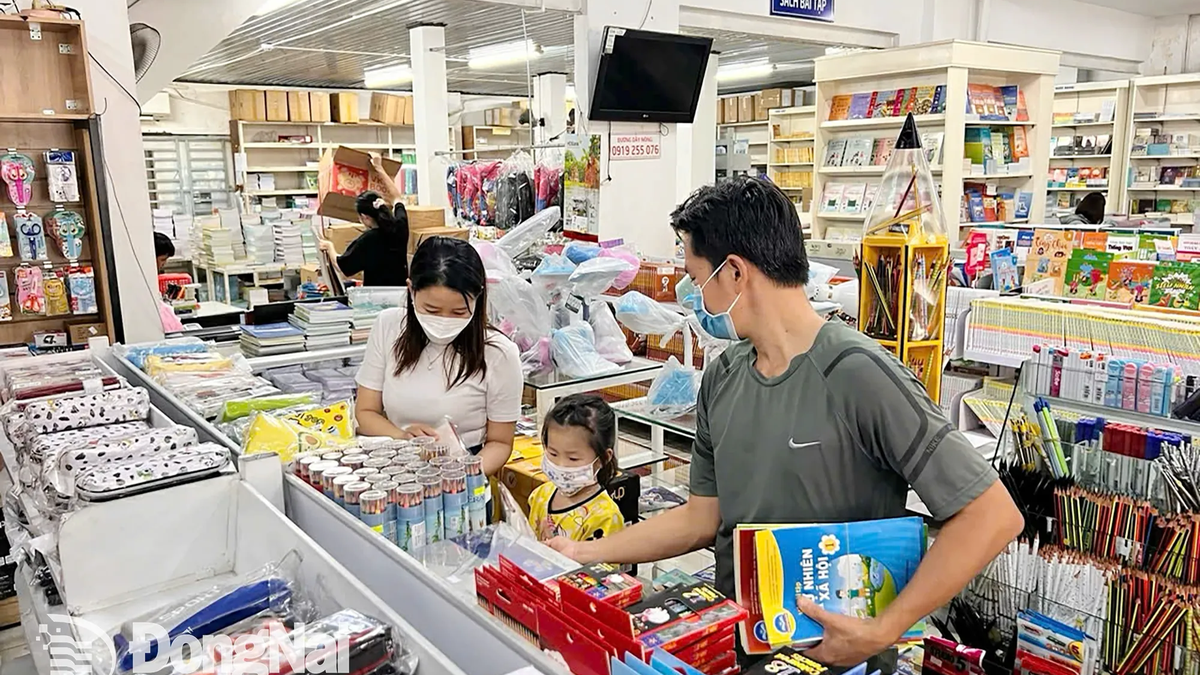
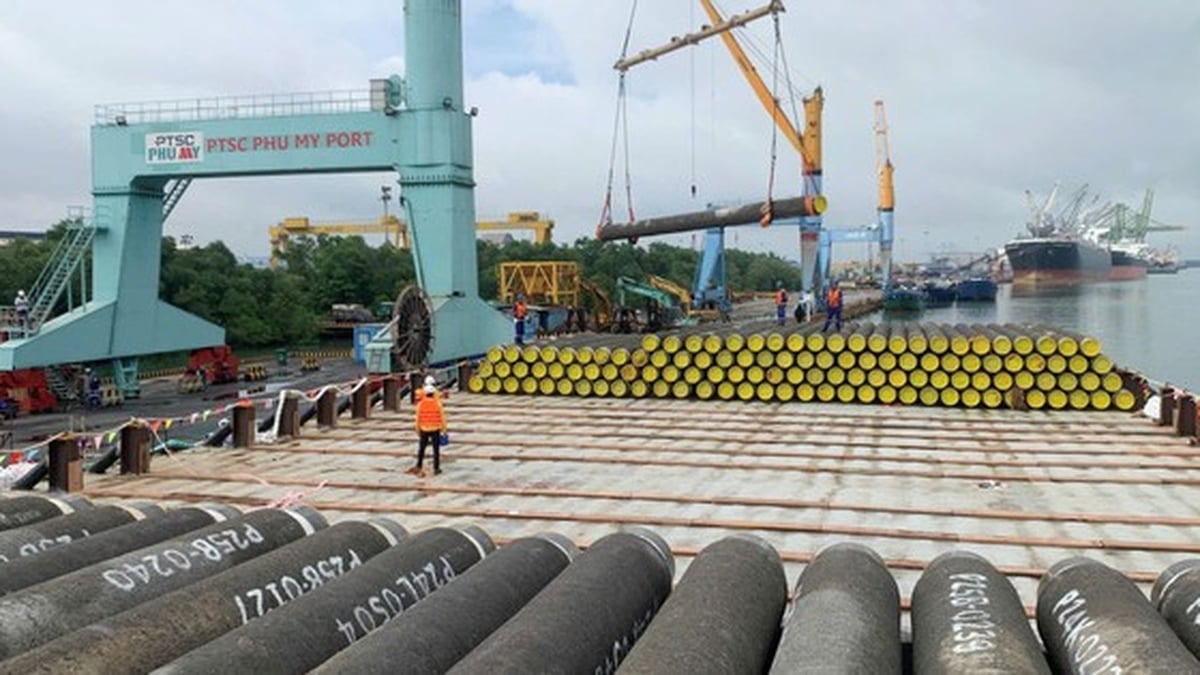







































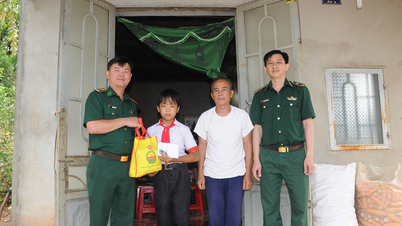










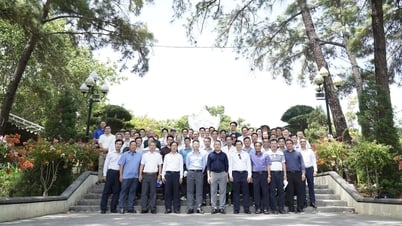




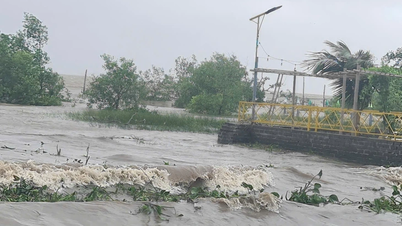




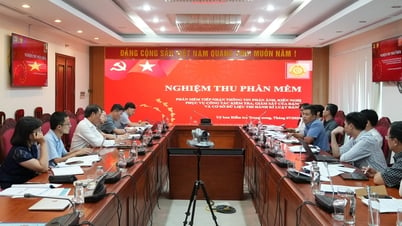





























Comment (0)